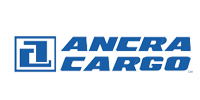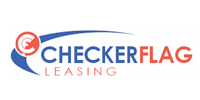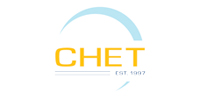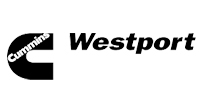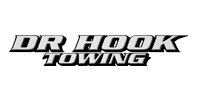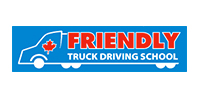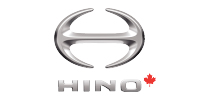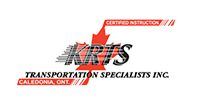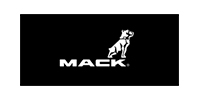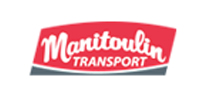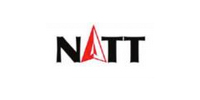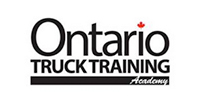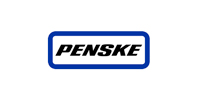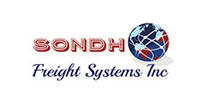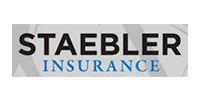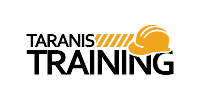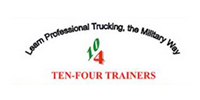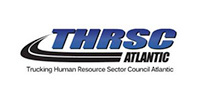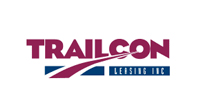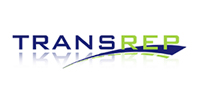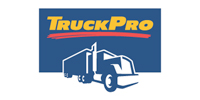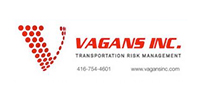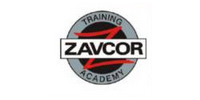Auditors find the anomalies and answers hiding in fleet documents
With several maintenance shops at its disposal, Western One Equipment Sales and Rentals had every reason to believe it was caring for all the support vehicles in its private fleet. “We maintain all the equipment we rent to customers. Why wouldn’t we maintain our [own] vehicles?” asks environmental health and safety manager Tanna Duncan, referring to the way activities were traditionally viewed.
Maybe that’s why Alberta Transportation’s negative safety rating was so surprising. But there was no mistaking the results. A related audit discovered that the maintenance wasn’t properly recorded and tracked. Things were falling through the cracks.
It took months of intense work to turn the situation around.
The private fleet has since adopted a Network Safety, Compliance and Maintenance System from Safety Canada, and now tracks maintenance activities and driver files across Alberta and B.C. Its focus even extends beyond larger commercial vehicles to include pickups and vans. And work is now scheduled around automated email reminders relating to maintenance programs, training needs, and licence expiry dates alike.
“It took so much pressure off my shoulders,” Duncan says.
It’s more than a piece of software. To her, it’s an electronic assistant.
Like it or not, fleets face a wide array of reporting requirements in every Canadian jurisdiction, involving everything from the National Safety Code to Occupational Health and Safety rules. And when problems emerge, auditors focus their attention on the paper trail.
“Alberta Transportation does not mess around. They will take away that operating authority or safety fitness certificate,” says Robin Weatherill, vice-president and general manager of Safety Canada. “When you open up a company you have to be compliant.”
The triggers
Government audits can be triggered by a number of factors, says Rick Taraschuk, president of Compliance Solutions. “Every time you have a violation there’s a little flag that pops up.” The unwanted points on carrier profiles can also add up in a hurry, particularly during safety blitzes.
But logbooks tend to raise more of the flags than anything else, he says.
The internal audits which help to catch such challenges before drawing a regulator’s attention need to look at a number of factors. His company, for example, keeps a close eye on a fleet’s logbook entries such as recorded fuel stops and loading times. The problems there tend to emerge in the form of anomalies. A driver typically cannot average more than 90% of a posted speed limit, he explains. So if most drivers take six hours to travel from Regina to Winnipeg, it raises questions about someone completing the trip in 4-3/4 hours. “Regina wasn’t any closer to Winnipeg.”
Many identified issues are solved by refining internal processes. Compliance Solutions encourages fleets to use logbooks that include preprinted carrier names, addresses and cycle information. This eliminates many form and manner violations.
Western One introduced a training program to address many of the issues it discovered. “It’s not just about producing certificates to put into [a driver’s] file,” Duncan says. “It’s making sure they get the right information they need.” A representative from each branch was also trained in what to look for when reviewing the driver logs.
Fleets would be well advised to begin an internal audit process long before the points in a safety rating draw the attention of government auditors, adds Martin Cowie of Trans-Corp Safety Consultants. If a collision does occur, a victim’s lawyers will be quick to ask why an operator failed to act on identified issues.
Ongoing audits of driver files will certainly help to demonstrate that drivers are receiving the information they need.
“And documentation is everything,” Cowie says. He likes to see training schedules matched to attendance sheets and test results. Drivers are also asked to sign the bottom of completed tests, confirming that they were told the correct answers after the test was completed.
It may seem like an unusual step when a driver receives a high score, but he refers to a lawsuit in which a driver boasted about the 89% earned on a Transportation of Dangerous Goods quiz. Prosecutors in the court case were quick to focus on the 11% of questions the driver got wrong.
Documents which record disciplinary actions deserve attention of their own – particularly to prove that the discipline matches company policies. Cowie, for example, refers to another fleet that had a policy which said drivers should receive a verbal warning after their first Hours of Service violation, a written notice after the second, and a suspension after the third. Government auditors found that the business was not following its own policy.
It is about more than a paper shuffle to occupy government auditors.
Consider a fleet that fails to show that a driver was retrained after being cited for speeding, Cowie says. “God forbid he kills someone [while speeding]. Then you’re looking at lawsuits and civil suits.”
An ongoing look at pre-trip inspection documents, meanwhile, can help to identify underlying maintenance challenges or equipment choices. The related auditing costs are easily justified when compared to the cost of a breakdown, he says.
“As soon as that driver leaves on the road, you don’t have a lot of control over what he does,” Taraschuk adds. “People don’t always do what you expect. But they will always do what you inspect.”
Deloitte audits Ontario’s CVOR
Fleet documents are not the only thing being scrutinized during internal audits. Consultants from Deloitte recently highlighted a number of challenges with Ontario’s Commercial Vehicle Operator’s Record (CVOR) itself.
“The CVOR system works,” stressed Peter Hurst, director of the Ontario Ministry of Transportation’s Carrier Safety and Enforcement Branch, when presenting the findings during the Private Motor Truck Council of Canada’s annual meeting. But there is room for improvement.
Many of the private fleets that serve municipalities, for example, complain they are more likely than longhaul fleets to generate the scores which trigger audits. It’s because the ratings are based on traveled kilometres. Those who operate in dense urban areas face a higher risk of minor collisions which add unwanted points, particularly since fleets need to report any damage above $1,000.
The threat of an audit isn’t the only reason the fleet managers might be concerned. “Many of the fleet managers that we met are all measured by their bosses based on that violation rate,” Hurst says.
One potential solution could involve a higher reporting threshold. (“You knock a mirror off your truck and you’re probably almost at $1,000,” Hurst says.) Another is to follow the definitions used by U.S. tollways and some other Canadian provinces. There, reportable collisions are limited to situations that involve a fatality, serious injury or towed vehicle.
But any solutions are more complex than simply adopting another set of rules for the unique fleets. How would the ministry determine which threshold should be established? Can a rating that triggers an audit at one fleet be overlooked at the next?
The consultants are already concerned about a CVOR analyst’s existing discretionary power. Under today’s system, analysts can decide to overlook a particular score if they are already familiar with a fleet’s activities. “It’s led to a little bit too much judgement in their view,” Hurst says.
Deloitte and ministry personnel also admit that there is little incentive for a fleet to invest in the audits needed to emerge from a conditional rating. “So they just decide to operate indefinitely as conditional carriers,” Hurst says. It is still unknown whether the issue will best be fixed with incentives, disciplinary action, or mandated audits within a specific timeframe. Another option might include focusing the audits on issues that led to the conditional ratings in the first place. If most of the issues involved logbooks, for example, the ministry could simply study those. Manitoba has successfully taken that approach, Hurst adds.
Internal fleet personnel, meanwhile, could soon expect to enjoy easier access to Ontario driver abstracts – something they haven’t enjoyed since a minister’s order in 2004. “If we’re going to hold carriers accountable for all aspects of safety and performance, including drivers, we should be making the information available,” Hurst says.
Fleets can also expect other steps to catch those who are attempting to cheat the system. One of the consultant’s recommendations involves sharing between the CVOR and records gathered by the Workplace Safety and Insurance Board, Insurance Bureau of Canada, or even the International Registration Plan. That would catch fleets which inflate their mileage numbers in a bid to improve safety ratings.
It is another part of a story that will emerge in related audits.
The CVOR’s “audit” results
Deloitte consultants made a few suggestions after reviewing Ontario’s Commercial Vehicle Operator’s Record (CVOR):
- Strengthen rigour and consistency of intervention processes.
- Allow carriers to obtain driver CVOR records.
- Limit amount of time in one intervention band.
- Align audits with causes of audits – increasing the use of Tier 3 audits
- Increase thresholds for reportable collisions.
- Review relevancy of carrier data to administration of the CVOR.
- Consider linkages to external entities (eg, Insurance Bureau of Canada).
- Review thresholds and model weightings.
The recommendations are now being reviewed.
source: Ontario Ministry of Transportation




